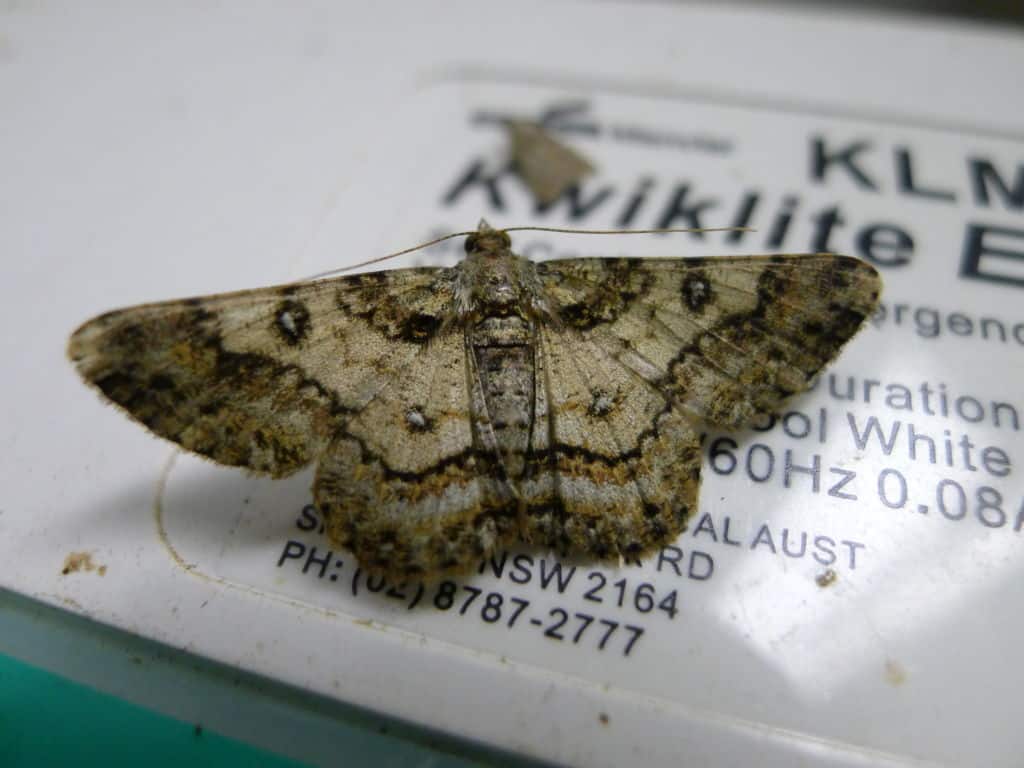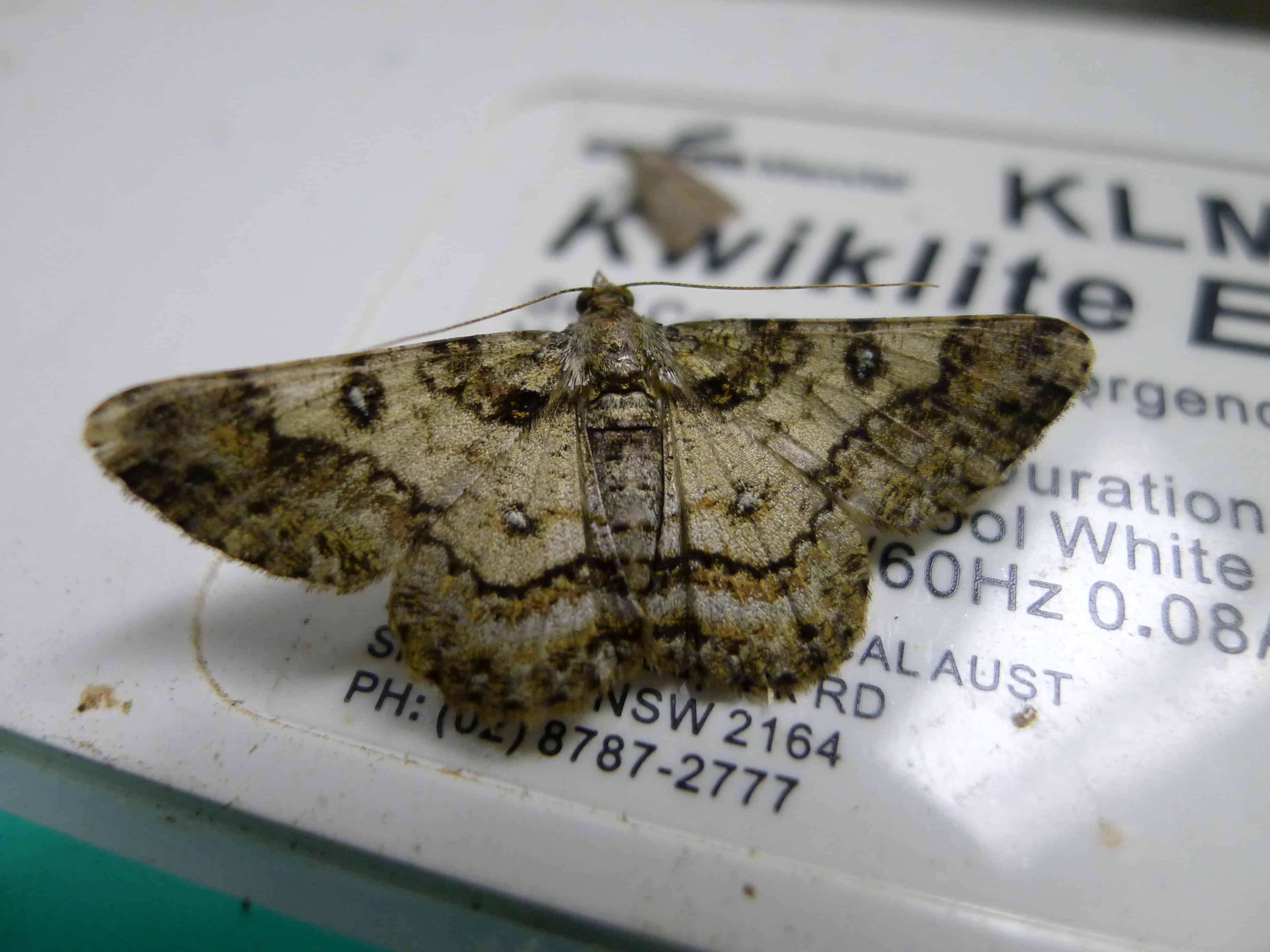
As we get nearer to spring, and it starts to warm up, you will likely see moths and other insects on your porch or by your campfire. They seem to flutter about these lights pointlessly for hours on end. Often they die from the heat of these lights or from exhaustion. They waste their short lives fluttering about these lights because…why? What purpose could this behavior possibly serve? It all seems rather pointless, doesn’t it?
Well, there are some parallels between moths behavior and our behavior.
We Are Drawn To Social Media Like Moths To A Flame
As I was noticing some moths and mayflies on my porch the other night, I began thinking of how, when it comes to social media, we are a bit like moths drawn to the flame (or porch light). While we are certainly much more highly evolved than moths and mayflies, there are some interesting similarities in our behaviors that are worth exploring.
Moths And Their Attraction To Light Sources
Probably like most of you, I wasn’t quite certain why moths were drawn to flames and other light sources. So, of course, I googled it! I have found Live Science to be a reputable resource, so I checked what they had to say about this phenomenon. In short, it’s still kind of a mystery as to why moths and other insects are drawn to light sources.
One hypothesis states that the artificial bright lights of campfires, streetlights, and porch lights confuse moths and mayflies from natural moonlight and celestial light that many insects use for navigation. Basically, these artificial light sources take many insects “off course.” They need the real light sources, the ones nature provides, but they can’t help themselves but be drawn to these man-made light sources. Thus, even though these artificial lights lead to wasted time, suffering, and even their demise, they just can’t seem to pull themselves away from these artificial lights and re-orient to true light sources.
This is an example of evolutionary mismatch. Although we don’t know for sure why insects are drawn to light sources, we know it has to serve some evolutionary purpose. However, technologies have evolved rapidly, and its evolution surpasses the speed of biological evolution. Our environment has changed so rapidly that biological adaptions that took millions of years to evolve are maladaptive in our new, more technological world. Animals simply can’t adapt rapidly enough to these changes. Moths and other insects that are “hardwired” to be drawn to natural light sources find themselves fruitlessly chasing artificial light sources even though it means their death.
We can also view the artificial light sources as supernormal stimuli. That is, organisms that are hardwired to be attracted to certain stimuli will often preferentially choose exaggerated versions of those stimuli over their natural counterparts. For example, humans are naturally drawn to salt, sugar, and fat because, from an evolutionary standpoint, they were good sources of energy. But we evolved in a world in which those natural food sources were relatively rare. It was difficult to overindulge and, even when we could, it wouldn’t last long (e.g., the apple tree is out of season).
Now we have exaggerated versions of salty, sugary, fatty foods in forms such as french fries, cookies, potato chips, pizza, sodas, and fried chicken. Usually, these refined, processed foods are cheap, easy to purchase, and readily available. The draw of supernormal stimuli, in part, explains why we choose unhealthy, processed foods over raw fruits and vegetables. This preference is contributing to the obesity epidemic in America. One would think that we would be drawn to healthy foods over unhealthy foods because eating healthy foods helps us to thrive. However, the power of supernormal stimuli explains why we keep reaching for potato chips over raw potatoes.
The Draw Of Social Media
Humans are social creatures. We have never lived in isolation. Historically, we lived in small, nomadic tribes consisting of around 100-150 people. Strong social connections were instrumental to our survival, and they still are. Indeed, studies have found that strong social connections are highly related to our happiness, health, and longevity.
Thus, we are naturally drawn to connect with others. In this light, the appeal of social media is easy to understand. Yet, connecting with one another through screens and social media is quite different from that of our evolutionary ancestors. Historically, all of our social connections took place in-person. Using an evolutionary timeline, even written language is a relatively recent development. Social media is an exaggerated version, a flame, if you will, compared to the natural “light” of our in-person relationships. As such, just as we are drawn to eat unhealthy foods, we are drawn to interact with one another through social media.
Now, this is a bit of an unfair comparison since junk food is always unhealthy. In contrast to junk food, social media isn’t always bad for us. In fact, when used strategically and mindfully, it can enrich our relationships. However, there is evidence that the more we use it, the less happy we typically feel. When it comes to connecting with others, the real relation (the underlying theme), is our in-person social relationships.
The Takeaway
We cannot let the “artificial light” of social media eclipse the true light that is our in-person relationships. To the extent that we use social media to enhance our in-person social relationships, we stand to come out ahead in terms of our health and happiness. But, like the moth that flutters pointlessly about the porch light, we waste our lives on social media if we mistake that for the true light of our in-person social connections.

